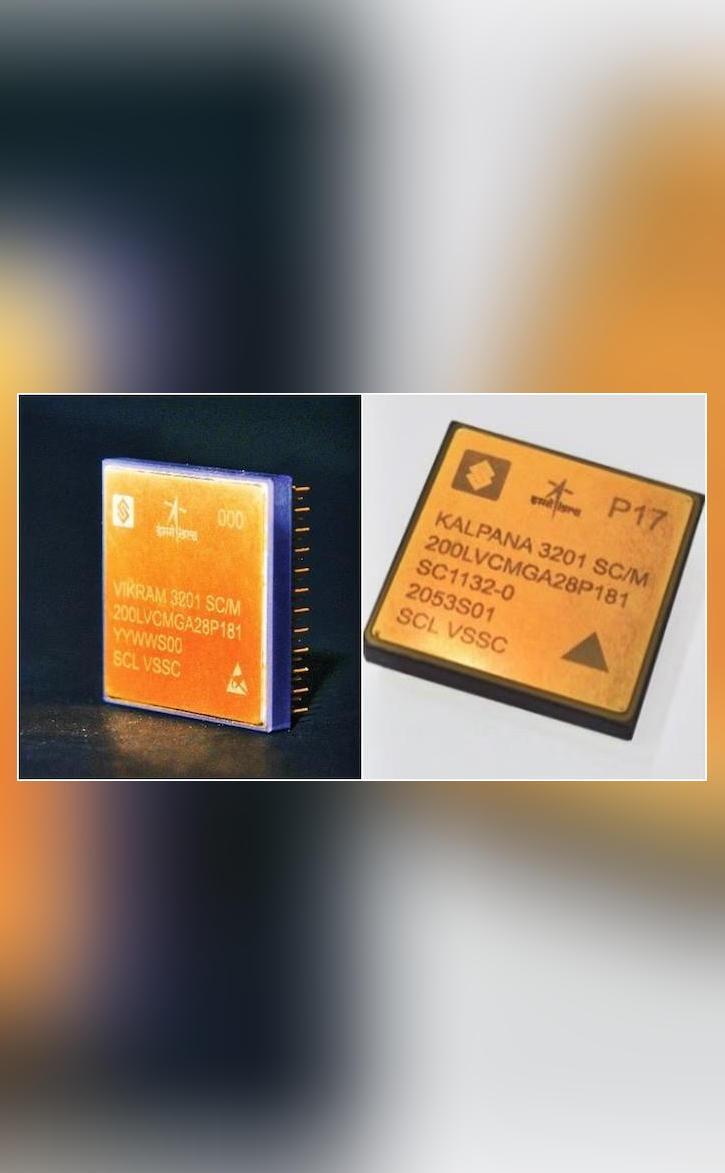
ISRO & SCL Develop 32-bit Microprocessors for Space Applications
The Indian Space Research Organisation (ISRO) and the Semiconductor Laboratory (SCL) in Chandigarh have achieved a significant milestone in the development of microprocessors for space applications. The two organizations have jointly developed two 32-bit microprocessors, VIKRAM3201 and KALPANA3201, which are designed to operate in the harsh environmental conditions of launch vehicles and space missions.
The development of these microprocessors is a testament to India’s capabilities in the field of space technology and its ability to design and manufacture complex electronic systems. The microprocessors have been developed to meet the specific requirements of space missions, including high-reliability, low-power consumption, and high-performance processing.
VIKRAM3201: The First Fully “Make-in-India” 32-bit Microprocessor
VIKRAM3201 is the first fully “Make-in-India” 32-bit microprocessor that is qualified for use in the harsh environmental conditions of launch vehicles. This microprocessor is designed to operate in extreme temperatures, vibrations, and radiation, making it suitable for use in space missions. The microprocessor is fabricated using 0.18-micron technology and has a clock speed of 200 MHz. It has a power consumption of 1.2 watts and has been tested to operate reliably in temperatures ranging from -40°C to 125°C.
VIKRAM3201 is a high-performance microprocessor that is capable of processing complex algorithms and executing multi-threaded applications. It has a memory bandwidth of 4 GB/s and supports up to 512 MB of DDR3 RAM. The microprocessor also has a built-in flash memory of 512 KB and supports multiple interfaces such as USB, UART, SPI, and I2C.
KALPANA3201: A 32-bit Microprocessor for Space Applications
KALPANA3201 is a 32-bit microprocessor that is designed for use in space missions. It is similar to VIKRAM3201 but has a higher clock speed of 300 MHz and a power consumption of 1.5 watts. The microprocessor has a memory bandwidth of 6 GB/s and supports up to 1 GB of DDR3 RAM. It also has a built-in flash memory of 1 MB and supports multiple interfaces such as USB, UART, SPI, and I2C.
KALPANA3201 is designed to operate in the harsh environmental conditions of space missions, including extreme temperatures, radiation, and vibrations. It has been tested to operate reliably in temperatures ranging from -40°C to 125°C and has been subjected to radiation testing to ensure its reliability in space environments.
Significance of the Development
The development of VIKRAM3201 and KALPANA3201 is a significant milestone in the development of space technology in India. These microprocessors are designed to meet the specific requirements of space missions and are capable of operating in the harsh environmental conditions of space.
The development of these microprocessors will enable ISRO to reduce its dependence on imported microprocessors and to develop indigenous electronic systems. This will not only reduce the cost of space missions but also enhance the country’s capability to design and manufacture complex electronic systems.
Future Plans
ISRO and SCL have plans to develop more advanced microprocessors for space applications. The organizations are working on the development of a 64-bit microprocessor that will have a higher clock speed and more advanced features than VIKRAM3201 and KALPANA3201.
The development of indigenous microprocessors will also enable India to participate in international space missions and to collaborate with other space agencies. This will not only enhance the country’s reputation in the field of space technology but also provide opportunities for Indian scientists and engineers to work on international projects.
Conclusion
The development of VIKRAM3201 and KALPANA3201 is a significant achievement for ISRO and SCL. These microprocessors are designed to meet the specific requirements of space missions and are capable of operating in the harsh environmental conditions of space. The development of indigenous microprocessors will enable India to reduce its dependence on imported microprocessors and to develop indigenous electronic systems. This will not only reduce the cost of space missions but also enhance the country’s capability to design and manufacture complex electronic systems.






